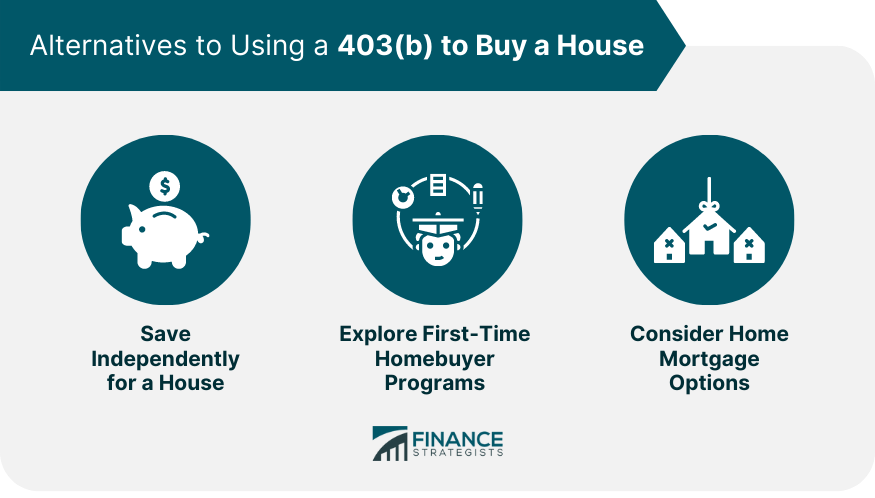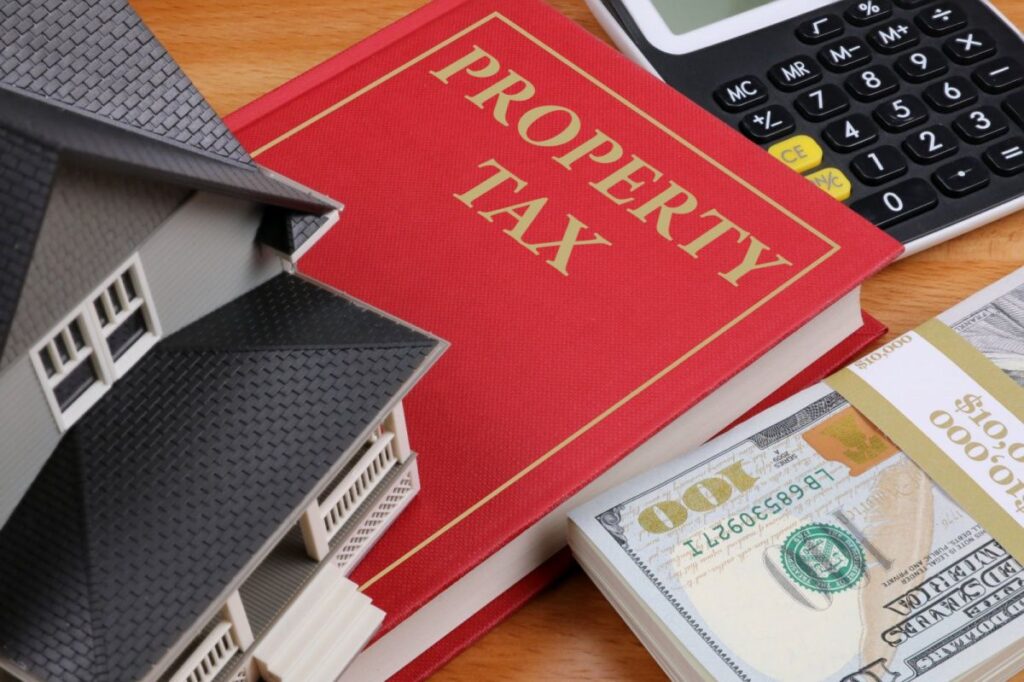
The dream of owning a home outright, free from the burden of monthly mortgage payments, is a powerful motivator for many homeowners. Beyond the immense freedom of being completely debt-free and living in a paid-for house, an early mortgage payoff is a highly effective strategy for building significant wealth. In fact, financial success stories often highlight this achievement, noting that the average millionaire pays off their house in just 10.2 years.
While the goal of ditching your mortgage ahead of schedule is clear, the path to achieving it might seem less so. Before diving into aggressive repayment strategies, it’s crucial to ensure a solid financial foundation. This includes prioritizing paying off all consumer debt such as credit cards, car notes, and student loans, building an emergency fund worth 3–6 months of typical expenses, beginning to invest 15% of your income for retirement, and setting aside money for your children’s college education if applicable. Once these foundational elements are in place, you are truly ready to embark on the exciting journey of becoming a debt-free homeowner.
For those prepared to accelerate their mortgage payoff, a range of powerful strategies awaits. These approaches, from direct payment adjustments to strategic loan restructuring, can shave years off your mortgage term and save you tens, if not hundreds, of thousands of dollars in interest. Let’s explore some of the most effective methods to transform your mortgage from a decades-long commitment into a rapidly diminishing financial obligation, putting you firmly on the path to complete homeownership.
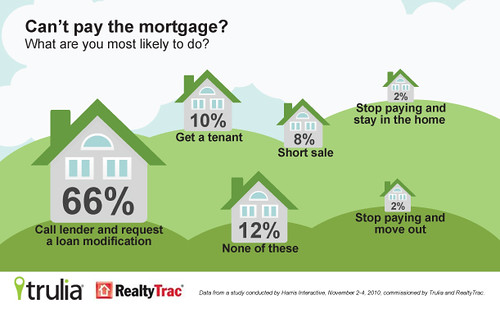
1. **Making Consistent Extra Payments and Strategic Lump Sums**The fundamental principle behind accelerating your mortgage payoff is elegantly simple: every dollar you direct beyond your regular monthly payment directly reduces your principal balance. This seemingly small action has a profound cumulative effect, as it not only knocks years off the term of your mortgage but also saves a substantial amount in interest over the life of the loan. The power of compounding works in your favor here, diminishing the principal upon which future interest is calculated.
To illustrate this impact, consider a hypothetical scenario: a $240,000, 30-year mortgage with a 7% interest rate and a monthly payment of $1,597 for principal and interest. If you were to make just one extra payment annually, the savings would be significant. However, increasing this to an extra payment once every quarter could be truly transformative; you would pay off your house nearly 15 years early, effectively cutting the length of your mortgage in half and saving a remarkable $184,000 in interest along the way.
Even smaller, consistent additions can yield impressive results. For instance, on a $250,000 30-year fixed-rate mortgage at a 5% APR with 25 years remaining, where the monthly payment is $1,342.05, simply adding an extra $20 to each payment can shorten the repayment period by eight months and save $5,722 in interest. Similarly, dedicating an annual sum, such as $1,200 from a tax return or work bonus, to the principal of the same mortgage could cut the loan down by over three years and save more than $25,000 in interest.
Before implementing any extra payment strategy, it is essential to communicate directly with your mortgage company. Some lenders have specific policies regarding extra payments, including designated acceptance times or, in rare cases, prepayment penalties. Crucially, when making an extra payment, always include a clear note or specify through your online payment portal that the funds are to be applied directly to the principal balance, not to prepay the following month’s payment. This ensures your efforts are channeled effectively towards reducing your debt and accelerating your payoff timeline.
While the concept is straightforward, the consistency is key. Whether you commit to a small, regular increase, an occasional lump sum, or a combination of both, ensuring these funds directly reduce your principal is the most direct route to significant interest savings and an earlier mortgage-free status. Remember, some lenders may place limits on overpayments, so always verify their specific terms to maximize your efforts without encountering unexpected issues.
Read more about: The 12 Catastrophic Financial Missteps That Bankrupted Lottery Winners
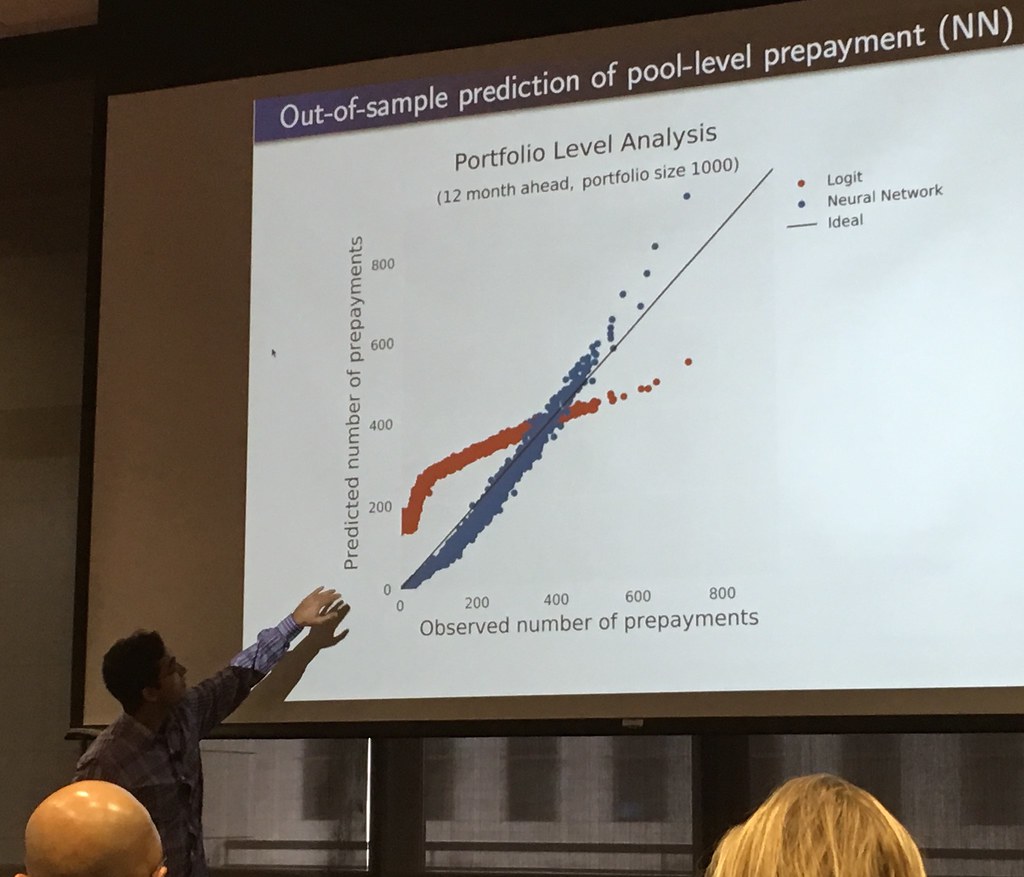
2. **Refinancing to a Shorter Loan Term for Accelerated Payoff**Refinancing your mortgage stands as one of the most impactful strategies for accelerating your path to homeownership. This involves trading in your existing loan for a new one, ideally with more favorable terms, such as a lower interest rate, a shorter term length, or both. A common and highly effective approach is to transition from a 30-year fixed-rate mortgage to a 15-year fixed-rate mortgage, which inherently forces a faster payoff schedule.
The financial benefits of such a move are substantial. Let’s revisit the example of a $240,000, 30-year mortgage with a 7% interest rate. If this loan were allowed to run its full course, approximately $335,000 in total interest would be paid over three decades. However, if you were to switch to a 15-year mortgage with a slightly lower rate, say 6.5%, you could save close to $200,000 in interest and effectively pay off your home in half the time. Another powerful comparison involves a $250,000 loan, where refinancing from a 30-year fixed rate at 3% to a 15-year fixed rate at 2.25% could save an astounding $84,655 in interest and halve the repayment period.
Understandably, a shorter mortgage term, such as a 15-year loan, typically comes with a larger monthly payment due to the principal being amortized over a compressed timeframe. However, if your financial situation allows for it—meaning the new payment comfortably fits within your budget, ideally at or below 25% of your monthly take-home pay—the long-term savings make it an undeniably worthwhile endeavor. It’s common for income to increase or the cost of living to decrease over the years since you first took out your mortgage, making a larger payment more manageable now than it might have been previously.
For homeowners who already benefit from a low interest rate on their 30-year loan, actual refinancing might not be the most advantageous path. In such cases, a smart alternative is to “pretend you refinanced.” This means voluntarily increasing your monthly payments to match what they would be on a 15-year mortgage, effectively treating your 30-year loan as a 15-year one. By consistently sending these higher payments, you achieve the same accelerated payoff and significant interest savings without incurring closing costs or modifying your original loan terms.
It is crucial to factor in closing costs when considering a true refinance, as these can typically range from 2% to 3% of the loan amount. While refinancing offers substantial interest savings, these upfront costs must be weighed against the long-term benefits to ensure the strategy is genuinely worthwhile. A thorough analysis will reveal whether the interest saved outweighs the expense of closing, making it a financially sound decision for your specific circumstances.
Read more about: Navigating the Refinance Maze: 14 Costly Mistakes Homeowners Make When Refinancing Their Mortgage Today
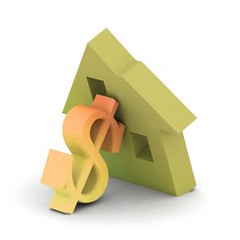
3. **Understanding and Utilizing Mortgage Recasting**While refinancing is a widely recognized strategy, mortgage recasting presents a distinct and often more cost-effective option for homeowners looking to reduce their monthly payments and accelerate their loan payoff. Recasting is not to be confused with refinancing; instead of taking out a new loan, you make a large lump-sum payment directly towards your principal balance on your existing mortgage. Typically, a minimum payment of at least $5,000 is required for this process.
Once this lump-sum payment is made, the lender reamortizes your loan. This means they recalculate your remaining monthly payments based on the new, lower principal balance, but importantly, they do so over the original loan term and at the original interest rate. The immediate and most noticeable effect of recasting is a significant reduction in your monthly mortgage payment. This reduction provides immediate relief to your budget, creating more financial breathing room without extending your repayment period or altering your fixed interest rate.
The real power of recasting, in terms of early payoff, comes from how you manage the newly lowered monthly payments. While your required payment is now smaller, you can choose to continue paying the amount you were before the recast, or even more. By intentionally applying the savings from your reduced required payment back into the mortgage—directing the extra funds towards the principal—you can substantially accelerate your payoff timeline. This strategy allows you to maintain your original aggressive payment schedule, but now with a smaller principal balance, leading to faster debt eradication and greater interest savings over time.
One of the attractive aspects of recasting, especially when compared to refinancing, is the typically lower cost involved. While there is usually a fee required to recast a loan, it is generally just a few hundred dollars, making it a much more accessible option than the 2% to 3% closing costs associated with a full refinance. However, it’s important to note that not all loan types are eligible for recasting. For instance, Federal Housing Administration (FHA) and U.S. Department of Veterans Affairs (VA) mortgages often do not offer this option, so checking with your specific lender is a crucial first step.
In essence, recasting offers a flexible way to achieve lower monthly payments and create an opportunity for accelerated payoff, without the complexity or expense of a full refinance. It’s a strategic move for homeowners who have access to a lump sum of cash and want to reduce their ongoing financial burden while empowering themselves to shorten their loan term through disciplined, continued payments above the new minimum.
Read more about: Navigating the Sale: The 14 Worst Financial Mistakes First-Time Home Sellers Must Avoid for Optimal Returns
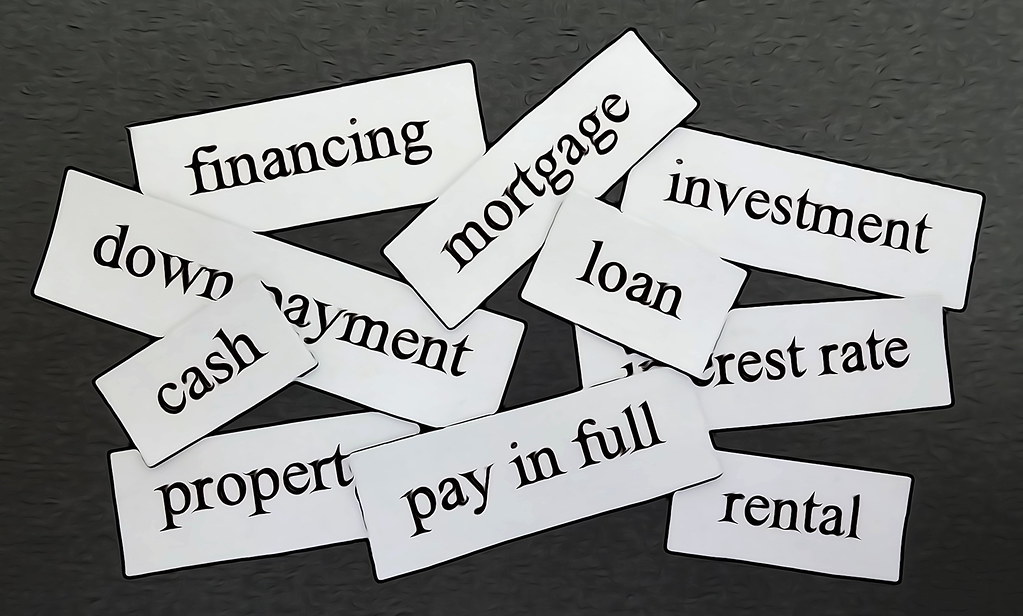
4. **Leveraging Biweekly Payment Schedules**Implementing a biweekly payment schedule is a deceptively simple yet highly effective strategy for homeowners aiming to pay off their mortgage early without necessarily having to find significant extra cash each month. This method involves splitting your standard monthly mortgage payment into two smaller, equal payments, which are then submitted every two weeks instead of a single payment once a month. The mechanism behind its effectiveness is straightforward and powerful.
Most traditional mortgages require twelve monthly payments per year. By switching to a biweekly payment schedule, you end up making 26 half-payments annually. When you tally these 26 half-payments, they effectively equate to 13 full monthly payments over the course of the year, rather than the standard 12. This subtle adjustment means you are making one full extra mortgage payment annually, which is directly applied to your principal balance, significantly accelerating your loan payoff.
The impact of this single extra payment each year can be quite dramatic. For a typical $250,000 30-year fixed-rate mortgage with a 3.5% interest rate, consistently making biweekly payments can lead to paying off your mortgage approximately four years early and saving over $20,000 in interest. These substantial savings accumulate because each biweekly payment reduces your principal balance sooner, meaning less interest accrues on a smaller amount over time. This continuous reduction in the principal has a compounding positive effect, shaving both time and money off your loan.
Beyond the financial advantages, biweekly payments can also offer a practical budgeting benefit, especially for individuals who receive their paychecks on a biweekly basis. By aligning your mortgage payments with your payroll schedule, you can streamline your financial planning, making it easier to manage your cash flow and ensure timely contributions to your home loan. This synchronization can make the process feel more natural and less burdensome, integrating seamlessly into your existing financial habits.
As with any modification to your payment schedule, it is imperative to contact your mortgage lender to inquire about their biweekly payment options. Not all lenders offer this direct service, though many do. It is also critical to confirm whether they charge any fees for setting up or processing biweekly payments, and to explicitly ensure that these accelerated payments are credited toward your loan’s principal. Taking these steps will ensure that this popular strategy delivers its full potential in helping you achieve early mortgage freedom.

5. **Strategically Freeing Up Budget Space**For many homeowners, the aspiration of making additional mortgage payments is frequently met with the practical challenge of locating available funds within their existing budget. It is a common misconception that extra money simply isn’t present, when in reality, a careful and objective examination often unveils significant opportunities for optimization. The initial and most critical step in strategically freeing up budget space is to establish and meticulously adhere to a monthly budget. This foundational practice involves documenting all sources of income, itemizing every expenditure, and diligently tracking spending to ensure alignment with one’s overarching financial objectives.
Once a robust budget provides a clear financial snapshot, homeowners can systematically pinpoint areas where expenditures can be prudently reduced to redirect funds towards accelerated mortgage payments. Groceries, for instance, often represent one of the largest and most flexible variable expenses outside of housing costs, particularly for families. By exploring cost-saving alternatives such as frequenting more affordable grocery stores, proactively seeking out sales and discount opportunities, or concentrating purchases on in-season produce, substantial monetary savings can be realized on a recurring monthly basis. These savings, while seemingly modest in isolation, possess a profound cumulative effect when consistently applied to the mortgage principal.
Similarly, discretionary spending on dining out habits frequently presents a significant avenue for considerable cost reduction. While the enjoyment derived from restaurant meals is undeniable, the financial outlay is almost invariably higher than preparing equivalent fare at home. A conscious commitment to cooking at home an additional two to three times per week can generate substantial savings over time, directly contributing to the mortgage payoff fund. Furthermore, performing an annual insurance coverage checkup with a qualified independent agent can uncover opportunities for securing lower premiums on home, auto, or other policies without compromising adequate protection. The resulting freed-up cash flow can then be reallocated towards the primary goal of mortgage acceleration.
In the contemporary digital landscape, the proliferation of subscription services and the convenience of online shopping often contribute to an inflated budget without homeowners fully recognizing the aggregate financial impact. A thorough review of streaming services, mobile applications, software subscriptions, and other recurring memberships can reveal unnecessary or underutilized expenditures that can be readily cancelled. Concurrently, exercising enhanced discipline with online retailers, by consciously curtailing impulse purchases and critically evaluating the true necessity of items in a digital shopping cart, can prevent valuable funds from being inadvertently diverted from more impactful financial objectives, such as a swift mortgage payoff. Every dollar saved through these strategic adjustments and intentionally applied brings the homeowner closer to achieving debt-free homeownership.
Read more about: Unlock the Open Road: 12 Genius Ways to Double Your Car’s Cargo Space for Any Road Trip
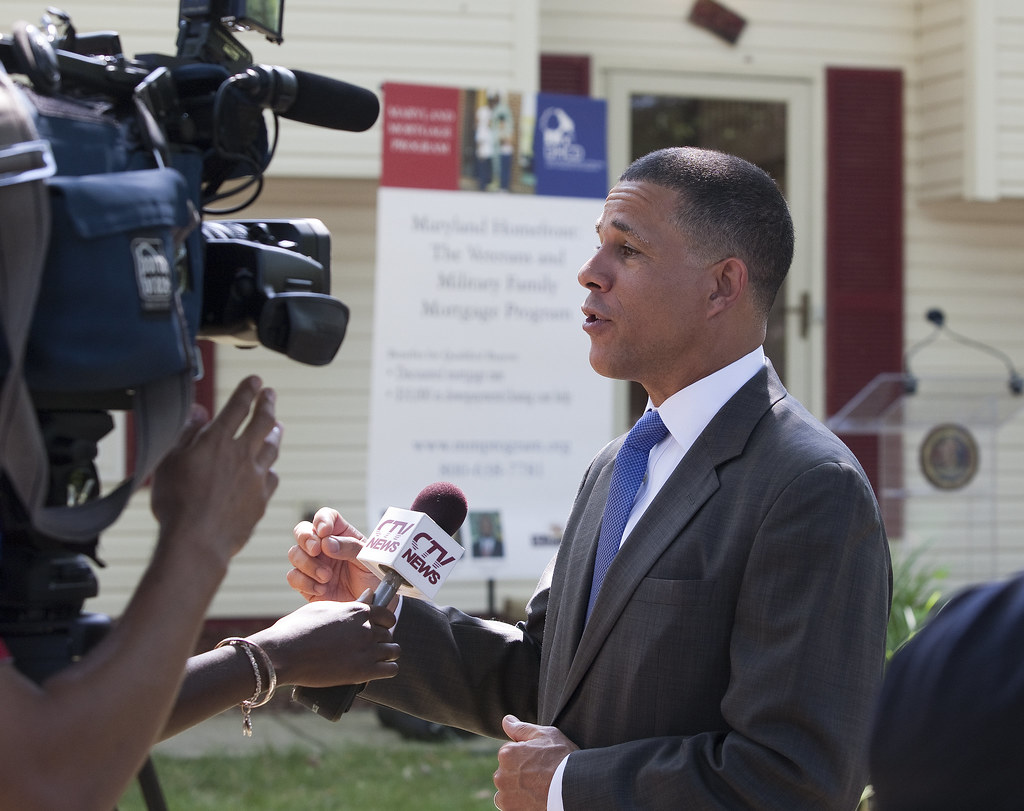
6. **Channeling Extra Income Directly to Your Principal**The receipt of additional income, whether originating from a well-deserved raise, a significant promotion, an annual performance bonus, or an unexpected financial windfall, consistently presents a critical juncture in personal financial management. For a substantial number of individuals, this welcome influx of cash, unfortunately, triggers a phenomenon known as “lifestyle creep.” This subtle yet deeply ingrained trend sees increased earnings met with a corresponding and often automatic increase in discretionary spending, effectively negating the potential financial advantage. This insidious pattern can inadvertently derail ambitious financial goals, including the highly desirable objective of paying off a mortgage ahead of schedule, by diverting potential savings into an expanded lifestyle rather than accelerated debt reduction.
A singularly effective strategy for dramatically fast-tracking mortgage payoff involves a deliberate, proactive, and disciplined decision to channel these income boosts directly towards the loan’s principal balance. This sophisticated approach dictates that raises, annual bonuses, profit-sharing distributions, commissions, and even monetary gifts should be viewed not primarily as opportunities for immediate consumption or gratification, but rather as exceptionally potent tools for achieving long-term financial independence and security. By consistently and intentionally applying these extra funds to the mortgage, homeowners can significantly condense their repayment timeline and accrue substantial savings in interest payments over the life of the loan.
To illustrate the tangible and compelling impact of this disciplined financial approach, consider a practical scenario. Applying an annual lump sum of $1,200—perhaps sourced from an income tax refund, a year-end work bonus, or another periodic windfall—to the principal of a hypothetical $250,000 30-year fixed-rate mortgage with 25 years remaining on its term could lead to a remarkable outcome. Such consistent application could effectively reduce the loan’s duration by more than three years and simultaneously generate savings exceeding $25,000 in interest. This compelling example powerfully demonstrates the profound cumulative effect of even relatively modest, yet consistent, principal reductions when strategically and purposefully applied.
Furthermore, this strategy extends beyond sporadic windfalls to encompass sustained increases in regular income. When a raise or promotion results in a higher take-home pay, the immediate inclination might be to upgrade various aspects of one’s lifestyle. However, by instead committing a substantial portion, or even the entirety, of that increased income to the mortgage principal, the homeowner creates an ongoing, automatic acceleration of their payoff. This proactive measure not only reduces the principal more aggressively but also minimizes the exposure to future interest accrual on that larger balance.
While it is entirely appropriate and even healthy to occasionally enjoy the rewards of one’s hard work and to indulge in well-earned treats, the core tenet of this strategy emphasizes intentionality and financial foresight. By adopting an attitude of contentment and actively resisting the pervasive temptation of lifestyle creep, homeowners can effectively transform supplementary income into an exceptionally potent weapon against long-term mortgage debt. This disciplined allocation of resources not only drastically accelerates the journey to debt-free homeownership but also fundamentally reinforces a robust and enduring financial mindset, thereby paving the way for significantly greater wealth accumulation and financial optionality once the mortgage obligation is fully satisfied.
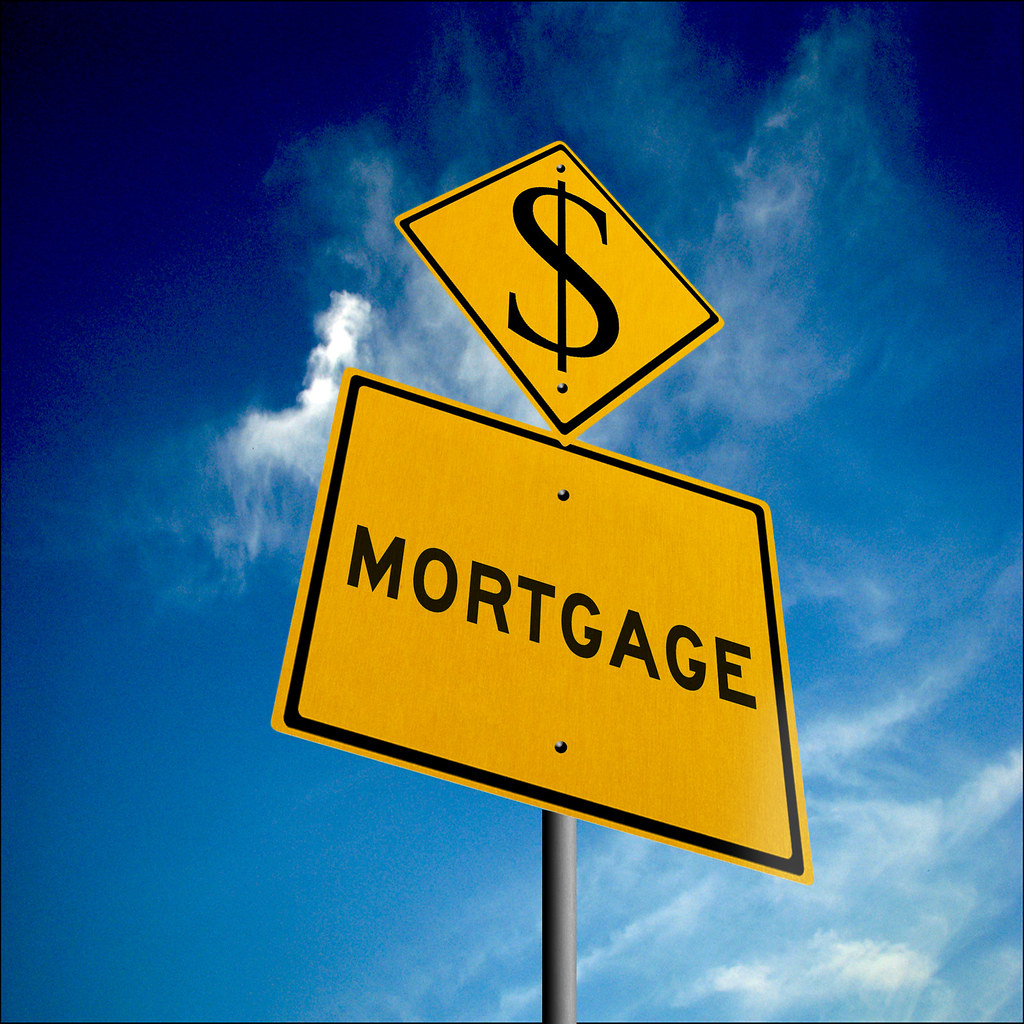
7. **Considering Downsizing Your Home for Rapid Debt Reduction**For homeowners who are unequivocally committed to achieving the significant milestone of early mortgage freedom, the strategic decision to downsize represents a potentially transformative, albeit deeply personal and significant, life choice. While such a move may initially be perceived as drastic, the act of selling a larger, typically more expensive home and subsequently purchasing a smaller, more affordable residence can dramatically accelerate the path to a debt-free existence. This potent approach expertly leverages accumulated home equity to create an exceptionally powerful financial advantage, particularly for those individuals who have experienced substantial appreciation in the value of their current property over time.
The primary mechanism through which downsizing facilitates rapid debt reduction involves the strategic conversion of accumulated home equity into liquid capital. By successfully selling a larger property, homeowners are often able to generate significant profits, especially in favorable market conditions. These substantial proceeds can then be purposefully deployed to acquire a smaller, less expensive home, with the realistic possibility of an outright cash purchase. The monumental act of entirely eliminating a mortgage through such a transaction instantly bestows unparalleled financial freedom and redirects what were once substantial monthly payments into avenues for accelerated savings, robust investment, or enhanced quality of life free from housing debt.
Even in scenarios where an outright cash purchase of the new, smaller home is not immediately feasible, the inherent benefits of downsizing remain profoundly compelling. Acquiring a smaller, less costly residence will invariably result in a significantly reduced outstanding mortgage balance and, consequently, substantially lower monthly payments. This considerable reduction in the ongoing financial burden immediately frees up significant cash flow within the household budget. The crucial aspect, however, is to consciously and deliberately avoid viewing these newly lowered payments as an opportunity for increased discretionary spending. Instead, the disciplined homeowner will actively and intentionally channel the financial difference between their previous, higher mortgage payment and their new, lower required payment directly to the principal balance of the new, smaller loan.
This strategic reallocation of newfound financial margin ensures that the benefits of downsizing are maximized, leading to an even faster and more efficient payoff of the remaining, smaller mortgage. It effectively transforms downsizing from merely a means of reducing monthly expenses into an exceptionally potent tool for rapid debt eradication and wealth acceleration. By maintaining unwavering focus on the ultimate goal of complete homeownership, individuals can leverage this major life decision to dramatically shorten their financial obligations, thereby unlocking greater financial flexibility, enhanced peace of mind, and robust wealth-building opportunities over the long term. This comprehensive approach to downsizing moves beyond just cost-cutting, positioning it as a proactive financial power play.
Read more about: Mastering Your Retirement Budget: Real-World Insights from a 65-Year-Old Retiree’s Monthly Spending Plan
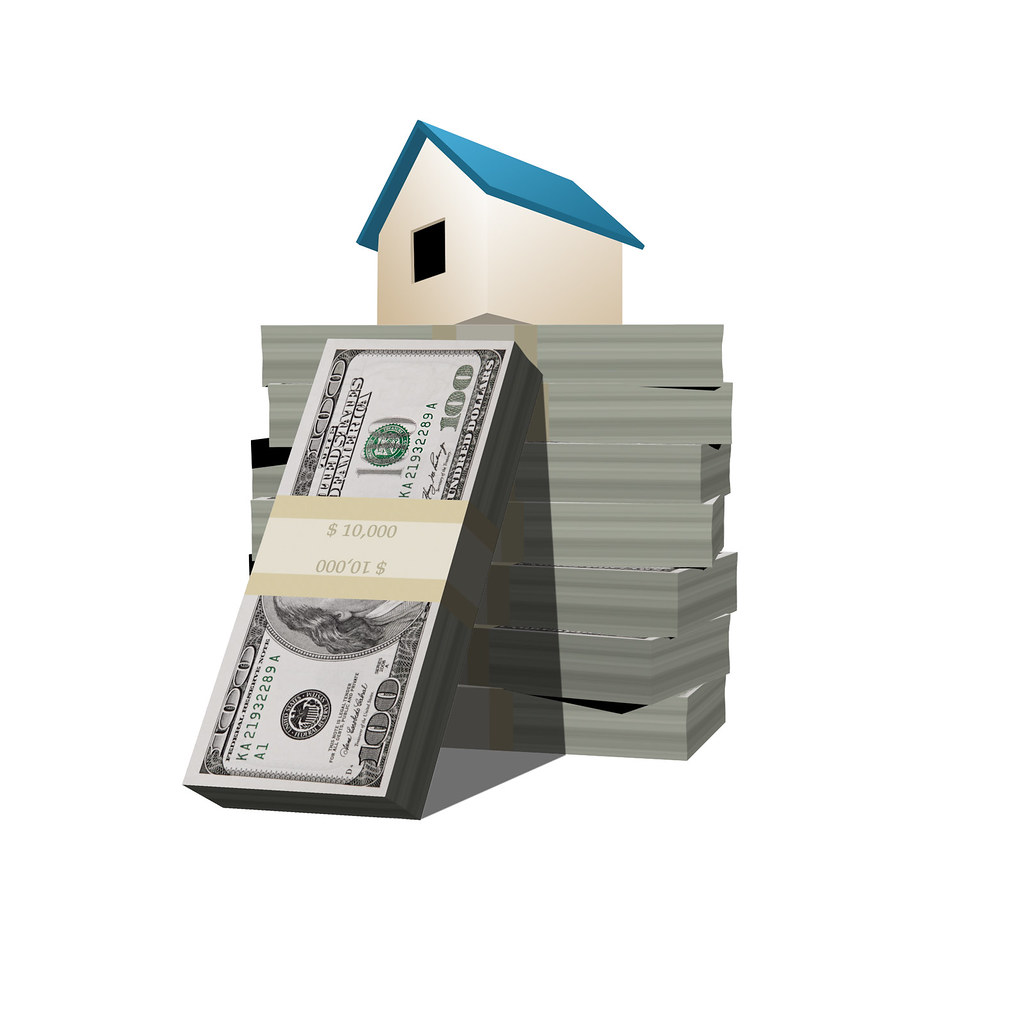
8. **The Foundational Impact of a Larger Down Payment**While a multitude of highly effective strategies for early mortgage payoff predominantly focus on actions taken *after* a loan has been formally secured, the foundational and often underestimated impact of making a substantially larger down payment at the very outset of the home purchase cannot be sufficiently overstated. This critical initial decision profoundly influences the entire financial trajectory of the mortgage, meticulously setting the stage for an inherently faster and significantly more cost-effective path to achieving ultimate homeownership. A generous down payment directly reduces the principal amount that must be borrowed from a lender, which represents the most direct and impactful method to minimize the total interest paid over the life of the loan and concurrently shorten the overall repayment period.
One of the most immediate, tangible, and financially significant benefits derived from making a larger down payment, typically defined as 20% or more of the home’s total purchase price, is the direct avoidance of private mortgage insurance (PMI). PMI constitutes an additional, often considerable, monthly expense levied by mortgage lenders upon borrowers who are unable to contribute 20% or more as a down payment. Its purpose is to safeguard the lender in the event of borrower default. By successfully circumventing the necessity of PMI, homeowners immediately eliminate a recurring monthly cost, thereby freeing up those valuable funds to be either strategically saved, prudently invested, or, most pertinently for the current discussion, directly applied as supplementary payments to their mortgage principal, thus further accelerating the loan’s payoff timeline.
For prospective homeowners who are diligently aiming to implement this highly advantageous strategy, the systematic and disciplined accumulation of funds for a larger down payment should unequivocally be established as a paramount financial objective prior to initiating any home purchase. This often necessitates a rigorous approach to personal finance, encompassing meticulous budgeting, aggressive savings contributions, and patient, consistent accumulation of capital over time. Furthermore, exploring the availability and eligibility criteria of various down payment assistance (DPA) programs can provide invaluable supplemental support. These programs, frequently offered by diverse governmental agencies or non-profit organizations, can effectively help bridge the financial gap required to achieve a larger down payment. However, it is absolutely crucial to diligently verify with your specific mortgage lender which particular DPA programs they formally accept and integrate into their lending processes.
The long-term financial ramifications of beginning a mortgage with a significantly reduced principal balance, thanks to a substantial down payment, are profound and far-reaching. This foundational advantage ensures that the accrual of interest is minimized from day one, as it is calculated on a smaller initial debt. Consequently, every subsequent mortgage payment made by the homeowner, whether it be a standard required installment or an additional principal-only contribution, makes a demonstrably more substantial dent in the remaining principal. This inherent efficiency invariably leads to a quicker and more streamlined loan payoff. This proactive and financially astute approach not only substantially minimizes the total financial burden borne by the homeowner over the entire life of the loan but also simultaneously establishes a robust and enviable equity position in the home right from the very beginning, thereby laying a solid groundwork for enduring financial stability and future wealth creation.
Read more about: The Complete Guide to Understanding Your Nissan Ariya’s Charging Speeds: Mastering EV Power for Every Journey
Achieving the monumental milestone of a debt-free home is far more than simply a financial accomplishment; it represents a profound gateway to unparalleled financial freedom and serves as an exceptionally powerful engine for long-term wealth creation. The comprehensive array of strategies meticulously outlined in this guide—ranging from precise budget adjustments and intelligent income allocation to significant life decisions like downsizing or making a substantial initial down payment—collectively offer a clear, actionable roadmap to dramatically shorten your mortgage term. Each individual step, when implemented with unwavering discipline, consistent effort, and clear intention, compounds its positive effect, transforming a potentially decades-long financial commitment into a rapidly diminishing obligation. Imagine, for a moment, the immense breathing room, expanded financial optionality, and newfound opportunities that powerfully emerge when your single largest monthly expense vanishes, thereby empowering you to save more aggressively, invest more robustly, and ultimately enjoy life on your own terms. Your diligent journey to becoming a debt-free homeowner is not just a testament to astute financial foresight and unwavering dedication, but a definitive commitment to unlocking a future defined by profound security, enhanced prosperity, and truly limitless possibilities.

